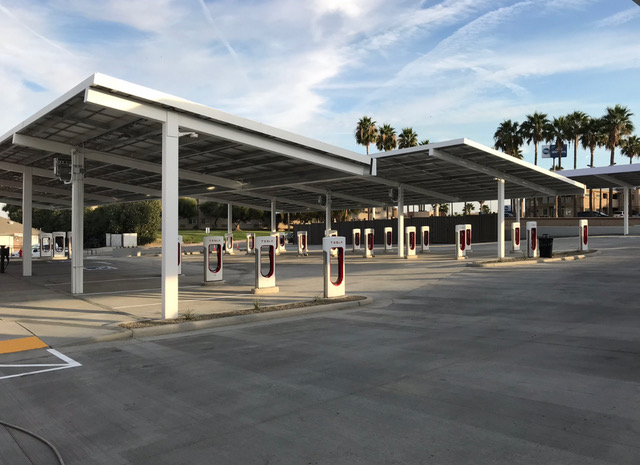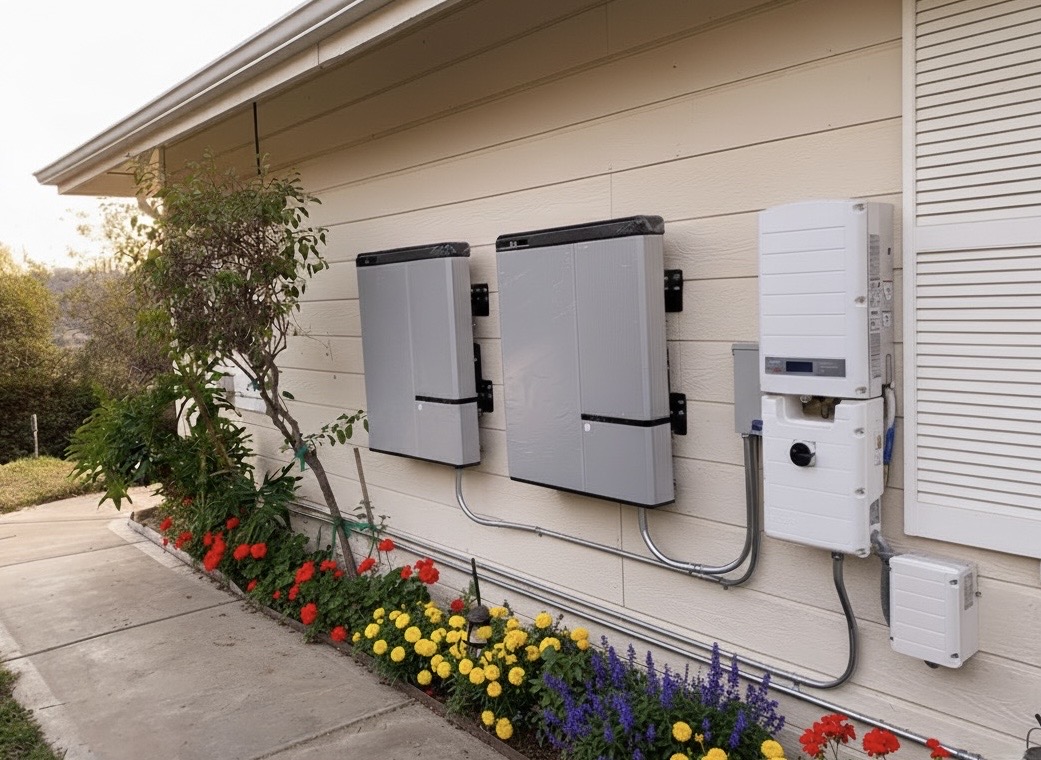Commercial Backup Generator Installation in Culver City
Keep your Culver City operation powered through outages with a right-sized commercial generator installed by Shaffer Construction, Inc. From the Hayden Tract's creative campuses to storefronts near the Culver Hotel and Kirk Douglas Theatre, we design and install dependable standby systems that protect revenue, safety, and equipment. Our team handles everything in-house—load studies, generator selection, concrete pads, transfer switches, gas or diesel fuel connections, and the City of Culver City permitting. We tailor solutions for mixed-use buildings, production studios, restaurants, and tech offices so you can keep cameras rolling, kitchens cooking, and servers humming when the grid goes down.
Our Work



Benefits
Future-Ready Power Solutions
We design scalable systems that can grow with your power profile. For creative campuses and multi-tenant buildings, we specify generators with advanced controls, service-entrance-rated automatic transfer switches, and optional paralleling gear for redundancy. We integrate load-shedding, remote monitoring, and ATS bypass/isolation so you can maintain power during service. Our designs support modern building automation, elevator interfaces, and critical IT loads—ready for evolving tenants and electrification demands.
All Codes and Compliance Met
Shaffer Construction manages the entire compliance path—Culver City Building and Safety plan check, Fire Department review, and SCAQMD Permit to Construct/Operate where required. We design to the California Electrical Code (CEC), California Building and Fire Codes, Title 24, and NEC Articles 700/701/702 as applicable. We coordinate with SCE for service considerations and SoCalGas for meter upsizing. Our submittals include one-line diagrams, fault and coordination studies, anchorage details, and manufacturer data sheets for a smooth approval.
Trusted Workmanship and Materials
Our installations use commercial-grade equipment from leading manufacturers and UL 1008-listed automatic transfer switches. We employ copper conductors, NEMA-rated enclosures, stainless hardware near coastal influence, and concrete pads with seismic anchorage per CBC and ASCE 7. We perform infrared scans, torque verification, and insulation resistance testing. NFPA 70E safety practices, lockout/tagout, and clear labeling ensure safe operation and maintenance long after turnover.
Tailored Installation Planning
Every project begins with a site assessment and data-based load evaluation—reviewing as-builts, metered demand, and critical circuits. We model peak load, motor starting currents (elevators, compressors), and future growth to size the generator precisely. Then we plan placement, routing, ventilation, acoustics, and fuel systems that fit your building constraints. You receive stamped drawings, a detailed scope, outage coordination plan, and a schedule that minimizes tenant disruption.
What We Offer
Frequently Asked Questions
Do I need a permit for a commercial generator in Culver City?+
Yes. The City of Culver City Building and Safety Division requires electrical, mechanical, and often structural permits. The Fire Department reviews fuel and life-safety aspects, and SCAQMD permits are typically needed for diesel and many larger gas units. We manage all submittals and inspections for you.
Should I choose natural gas or diesel for my generator?+
Natural gas offers continuous fuel via SoCalGas and lower maintenance; diesel provides robust motor-start performance and is common for larger loads. In Culver City, SCAQMD emissions rules, site acoustics, runtime/testing limits, and available gas service often guide the decision. We model both to balance cost, performance, and compliance.
Where can I place the generator in a tight urban lot?+
We evaluate rooftops, rear alleys, and screened ground-level pads. Placement decisions factor structural capacity, clearances, exhaust routing, sound levels, and aesthetics—especially for mixed-use or historic façades. We provide anchorage details, acoustic enclosures, and visual screening to meet code and HOA/property management requirements.
How long does the process take from start to finish?+
Design typically takes a week, permits in Culver City average 1–3 weeks, and installation/commissioning is 2–5 days, depending on scope and site constraints. We sequence work to minimize downtime, coordinate any needed SCE/SoCalGas upgrades, and schedule inspections to hit your operational deadlines.
Ready to Get Started?
Contact us today for a free consultation and quote on your electrical project!
Contact Us